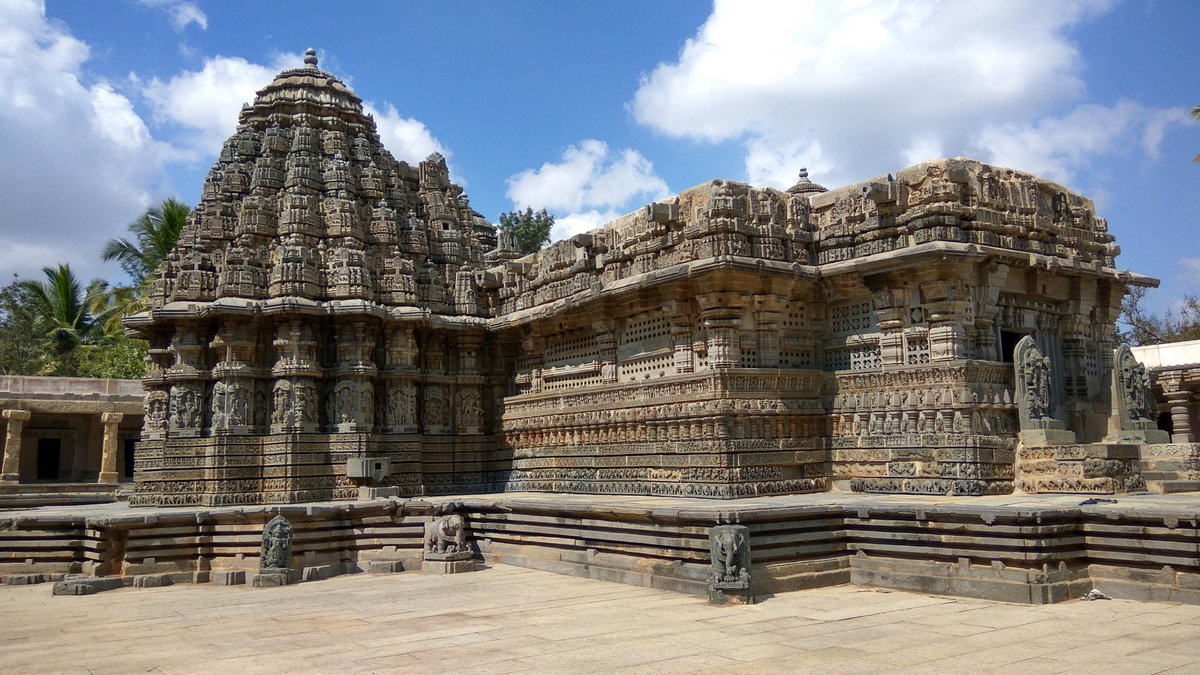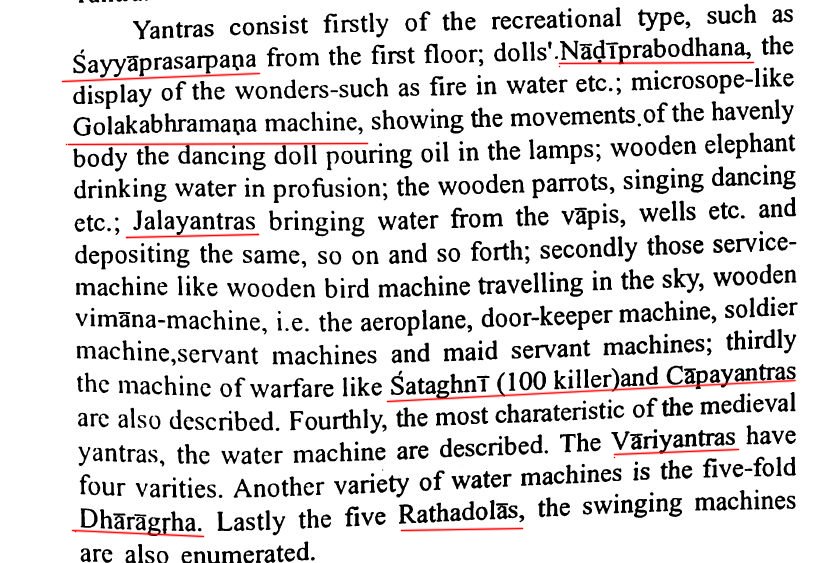After turushka invader muhammad khalji destroyed nalanda & vikramashila, his hordes set eye in tibet. On the way back, his men were ambushed by Vallabhadeva's army. Vallabhadeva was the then ruler of Assam. In the battle many turushkas were killed. An inscription records this. 

For the next century and a half, turushkas kept trying to push into Assam & failed. Some were mortally wounded & their armies destroyed. Resistance to turushkas by Hindu assamese is a great inspirational story. 

When turushka malik yuzbak decided to invade Assam in 1257 CE, the then Hindu king set up a well planned trap which led to malik being captured & executed. His army was destroyed too. The Hindu king who led this operation is identified as Kamateshvara Sandhya. 

In the Ahom era, turushkas stepping foot into Assam meant only one thing for them. Complete defeat. Between 1527-1532 CE, turushkas tried to take control of Assam. Every single time they were beaten & sent back. One of these included a naval battle as well. 

Despite not being in possession of superior weaponry, the Ahoms managed to inflict disproportionate damage on turushkas. Not only were the turushkas defeated, but they were also chased out of Assam on almost all occasions. 

• • •
Missing some Tweet in this thread? You can try to
force a refresh






























